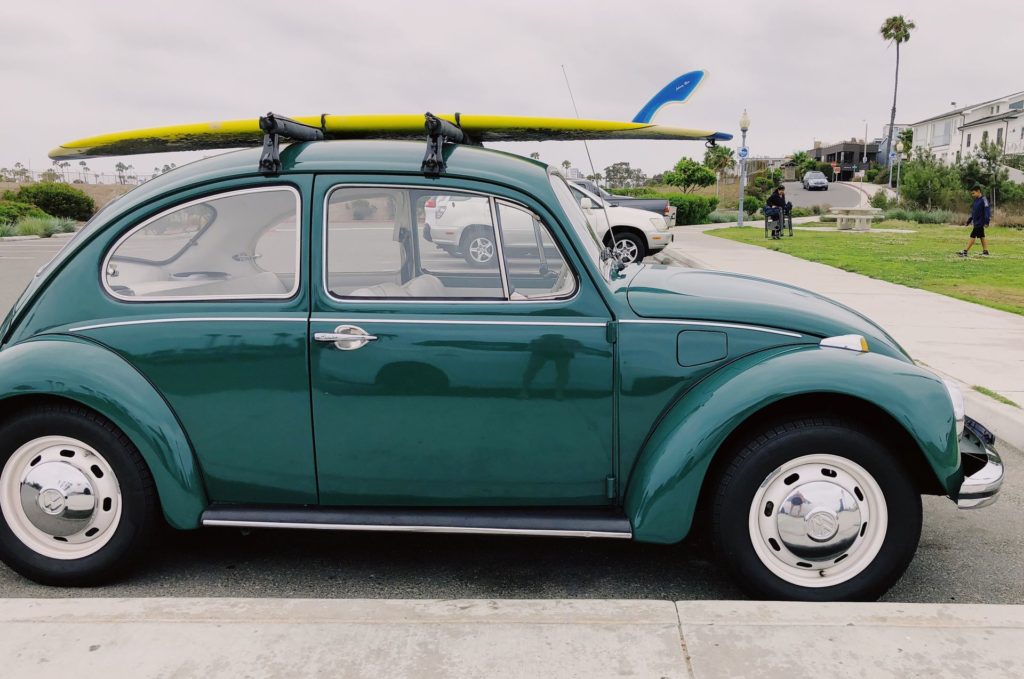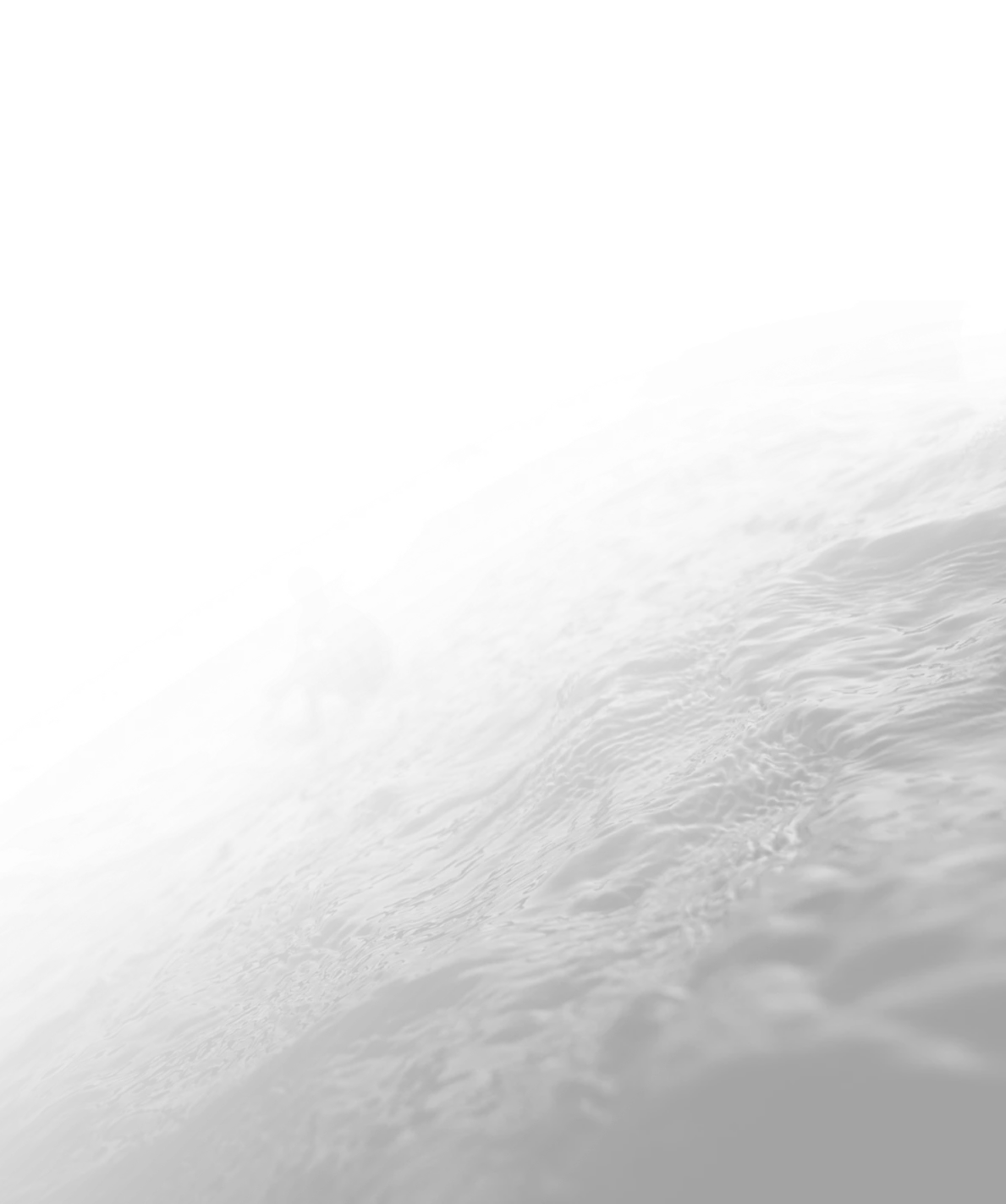Travelling with your surfboard on flights can be a real-life nightmare. Here’s how to avoid the drama of flying with a board and save yourself a little cash at the same time.
Surfboards, unlike skateboards or even snowboards, are notoriously unwieldy things to travel with. They’re bulky, they’re heavy and worst of all they’re breakable. Getting off a 13-hour international flight and waiting to pick up your board from oversized baggage, only to see it come out looking like a folded deckchair, can bring a tear to the eye of any surfer.
Do I need to travel with a surfboard?
The good news is there are steps you can take to make travelling with your surfboard an absolute pleasure. But before we begin, we do feel it’s important to tell you that travelling with a surfboard may not be necessary for a lot of people. If you’re planning a surf trip overseas and are still a beginner, why not just rent a surfboard at your destination?
Better yet, organize a stay with Rapture and we’ll provide you with a good quality surfboard at no extra charge. For everyone else though who wouldn’t part with their fiberglass pride and joy for all the free airline miles in the world, read on and check out how to make travelling with your surfboard easy in 6 simple steps.
Step 1: Fly with a surfboard-friendly airline
We dream of a time when every airline welcomes surfers with open arms and treats our surfboards like new born babies. Until that day comes though, you’ve got to choose wisely. The main reason being that while some airlines are great, the vast majority of them are pretty terrible.
Pick an airline such as Qantas in Australia, Aer Lingus in Ireland, Emirates in the UAE or Iberia Airlines in Spain and have your board flow either for free or for only a small amount more. Pick pretty much any other airline and you can expect to pay a oversized baggage fee to fly with your surfboard. We’re talking amounts up to and over €100 just for one. Daylight robbery if you ask us.
What’s more, most airlines won’t pony up the cash for the broken board or for any damages incurred during the flight. This means mysterious dings, cracks and even the blatant creasing or snapping of your surfboard is on you, buddy. Remember this next time you’re thinking of travelling with your surfboard because no amount of cursing or emphatic hand gestures will help you in this situation.
Step 2: Try to pack one well-rounded surfboard
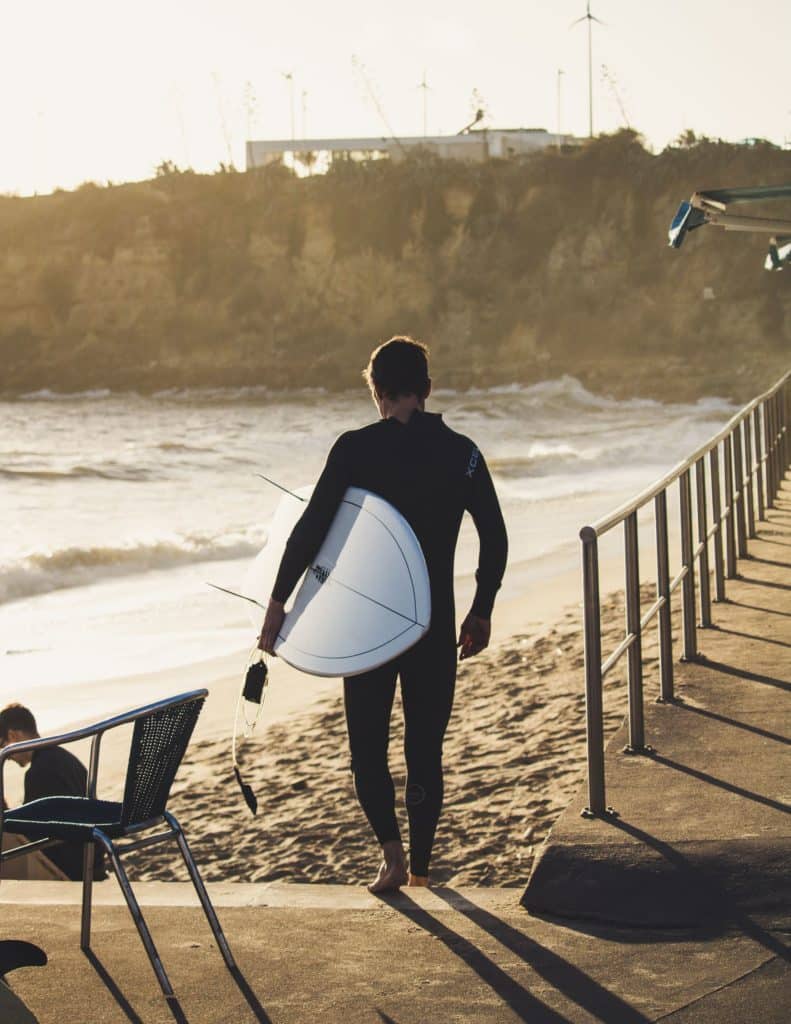
In a world where we always want more, more, more, isn’t it refreshing to know that there are surfboards out there that can do it all? This means that for your average surfer, you can get away with taking only one surfboard on your next trip.
Multiple surfboards are perfectly suitable if you’re trekking into the wilds of Indonesia and plan on charging triple overhead Nias and living off rice and fish for 3 months. It’s also fine if you plan on offloading a couple of boards as you travel to fund the next leg of your trip. If you don’t perform any better or worse on surfboards with slight variations in dimensions or literage however, save yourself the hassle.
Take one well-rounded surfboard that’ll perform in the predominant range of conditions you’ll most likely be surfing in. That means not too long and not too short, with dimensions that offer the perfect balance between function and fun. Doing this won’t just save you cash on additional baggage fees, it’ll also make lugging your boardbag around airports and between destinations infinitely easier.
Step 3: Choose the right boardbag
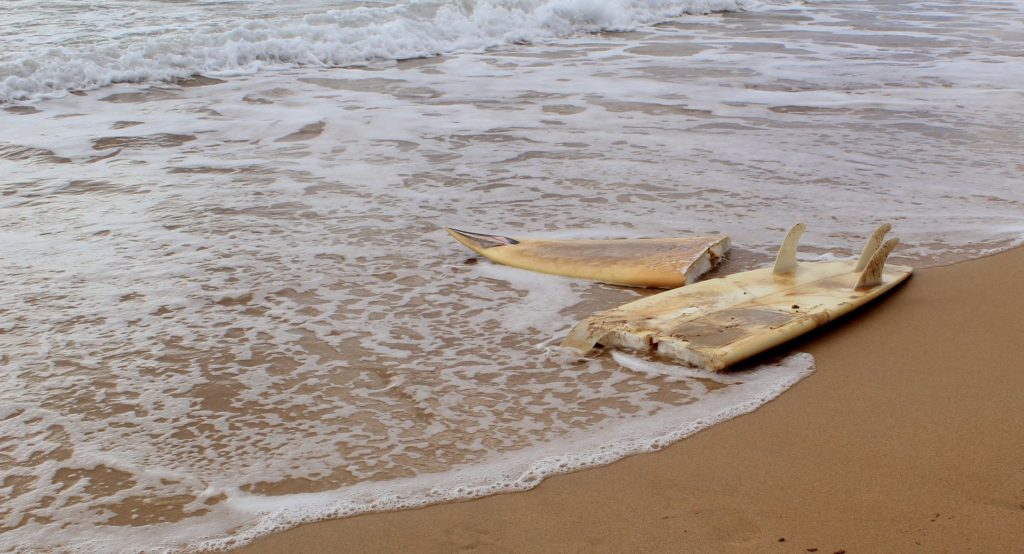
A surfboard bag comes in all manner of shapes, sizes and materials. So you don’t feel overwhelmed by this, we’re going to let you in on a couple of key features that make travelling with your surfboard in a flight way, way easier.
First of all, you want a board bag that fits your boards. Too big and it’ll be clumsy to handle, too small and you won’t be able to fit your board.
Secondly, don’t be afraid to splurge a little. A better quality board bag is worth the money if it’s going to keep a €600 plus surfboard safe and secure. Finally, opt for a board bag that has wheels. Compared to the wheelless option, they are the best thing since sliced bread.
In addition to these points, you’ll also want to a board bag that you can fit your wetsuit and or surf equipment in. This way you can free up valuable space in your backpack or suitcase for the essentials. A surfboard sock is also worth adding to your board bag for day trips. It’s better than taking your entire board bag with you everywhere you go, and you can even use it as a sleeping bag if you’re desperate.
Step 4: Strip your wax
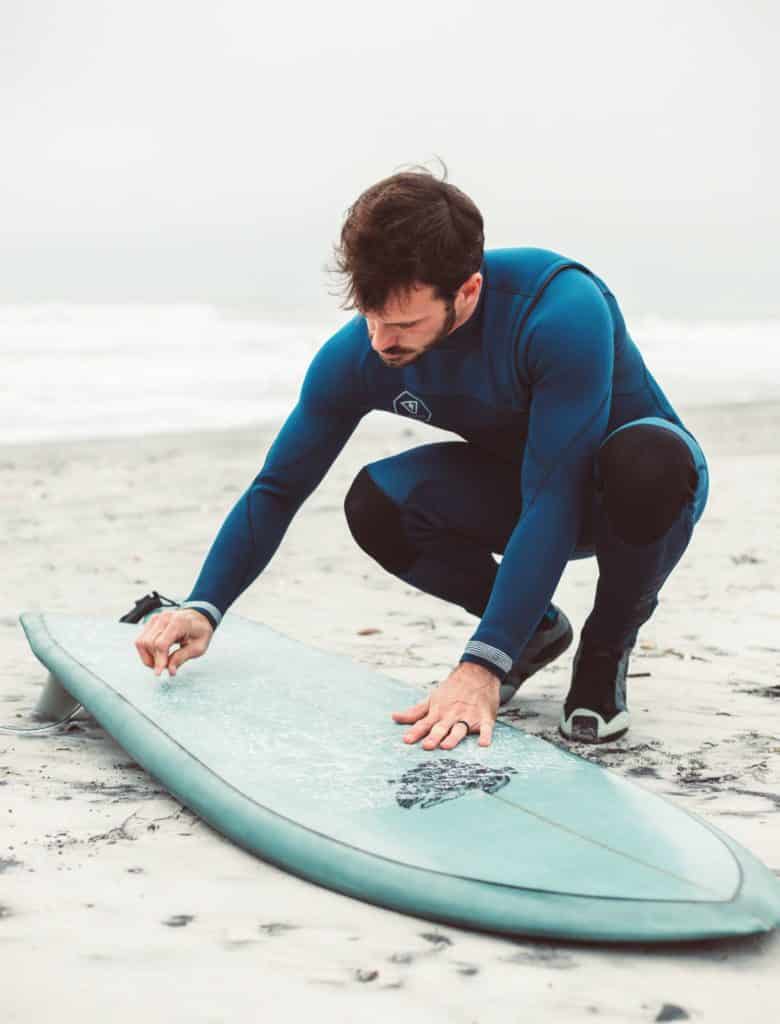
An unwaxed surfboard has the potential to make the inside of your board bag look like the world’s grossest cheese sandwich.
We’re not exactly sure, but you’d be surprised just how many people forgo this simple step. It’s like they want to have wax caked all over their wetsuit and throughout the inside of their board bag. All you need is about 10 minutes of your time, some hot water and a wax comb. It’s not, as they say, rocket science.
Chances are you’re flying to a surfing destination that requires a different wax than whatever’s already been applied to your board anyway, so save yourself the mess and chisel your foot glue before packing. It could prove the difference between an awesome start to your surf trip and one that’s spend hunched over your board bag trying to pluck away at countless fibers caked in small nuggets of dry wax. Not a whole lot of fun by even the most liberal standards.
Step 5: Use bubble wrap, pipe foam and electrical tape to secure it

One of the most annoying things about travelling with your surfboard is their tendency to look like they’ve been left out in a hail storm after a couple of flights. With cracks, dings and depressions that seemingly appear out of nowhere, turning what was once a pure white board an unhealthy pallor of mustard yellow.
You may think this is just an inevitable consequence of travelling with your surfboard. Something that’s guaranteed to happen no matter how much you beg the lady at the check-in desk to take special care of your sled. But what if we were to tell you there’s a way you can protect your surfboard from the rigors of airline travel? Well, you can. With only bubble wrap, pipe foam and electrical tape no less.
To do so, you’ll need to cut a horizontal slit in the pipe foam and slip it over your rails. Then, wrap your entire board in a couple of layers of bubble wrap. Feel free to put a towel over the nose or tails for added protection. Afterward, secure everything in place with electrical tape and give yourself a pat on the back. Your board looks like Tutankahmun if he was mummified by a blind man, but at least it’s finally ready to be packed.
Step 6: Pack it, weigh it and get ready to begin travelling with your surfboard
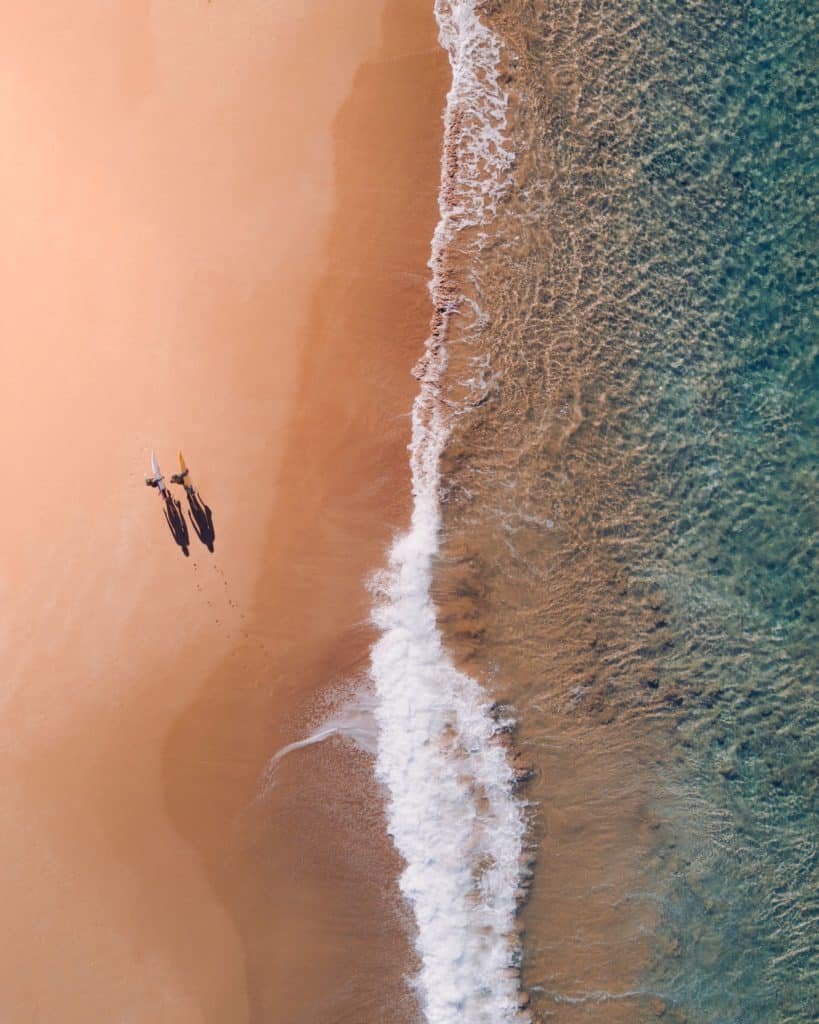
Now for the fun part. Place your surfboard in your board bag paying close attention that it fits snugly without pressing too firmly against the sides. Once you’re happy it fits, lay your wetsuit, towel and any clothing you’re packing over the deck.
Then, strap your board to the bag using the straps inside the boardbag. This prevents everything from shuffling around while it’s being tossed from conveyor belt to tarmac to cargo hold by indifferent baggage handlers. After its safely fastened, slip in the fins, extra leg rope and any other surfboard equipment around the free space of the boardbag.
If your board and all of the other items coexist peacefully within your boardbag then it’s time to zip it up. Before you head for the airport and start travelling with your surfboard though, make sure to weigh it. By doing so you’ll know if everything meets weight restrictions and whether or not your jealous best friend has tried to stow themselves away in an attempt to hitch a free ride.
Ready to catch the wave of a lifetime? Join us at Rapture Surfcamps for the ultimate surf adventure! Book your spot now and ride the waves in style.
Hear What Rapture Surfcamps’ Guests Have To Say
FAQs
Yes, you can bring your surfboard on a plane, but there are certain rules and regulations you should be aware of. Most airlines allow surfboards as part of your checked baggage, but they may have specific requirements and fees.
To pack your surfboard for a flight, you’ll need a padded surfboard bag or a hard case. Remove the fins and wrap the board in bubble wrap or towels for extra protection. Make sure to secure the board inside the bag or case to prevent it from moving during transport.
Surfboards are typically too large to carry on the plane as hand luggage. They need to be checked in with your other baggage. Check with your airline for their specific size and weight restrictions.
Most airlines charge extra fees for transporting surfboards. These fees can vary widely, so it’s essential to check with your airline for their specific pricing and policies. Some airlines may include a surfboard as part of your checked baggage allowance, while others may charge per board.
The number of surfboards you can bring on a flight may depend on the airline and their policies. Some airlines allow multiple boards in a single bag or case, while others may charge additional fees for each board. Check with your airline to understand their rules regarding multiple surfboards.
Airlines often have restrictions on the size of surfboards they will accept. The maximum length of a surfboard that most airlines allow is typically around 9 to 10 feet (2.7 to 3 meters). Longer boards may require special arrangements or additional fees.
Wax, leashes, and other surf accessories are generally allowed in your carry-on luggage. However, it’s a good idea to check with your airline and review their policies regarding sports equipment and accessories
To protect your surfboard from damage, use a quality surfboard bag or hard case. Remove the fins and wrap the board in padding or towels to prevent dings and scratches. Consider purchasing additional insurance for your board if you’re concerned about potential damage during transport.
It’s a good idea to arrive at the airport earlier than usual when travelling with a surfboard. Surfboards can take extra time to check in, and you may need to pay additional fees and complete paperwork.
If your surfboard gets damaged during the flight, report it to the airline’s baggage claim office immediately. They will guide you through the process of filing a claim for compensation, which may cover repair or replacement costs. Remember that airline policies and fees can change, so always check with your specific airline for the most up-to-date information on travelling with surfboards on flights.

Need more information on how to travel with your surfboard? JOIN US
Contact our team or book your stay with us!
Rapturecamps provides excellent surf and Yoga vacations in Bali, Portugal, Nicaragua and Costa Rica. Catch your next wave with us!
CONTACT US